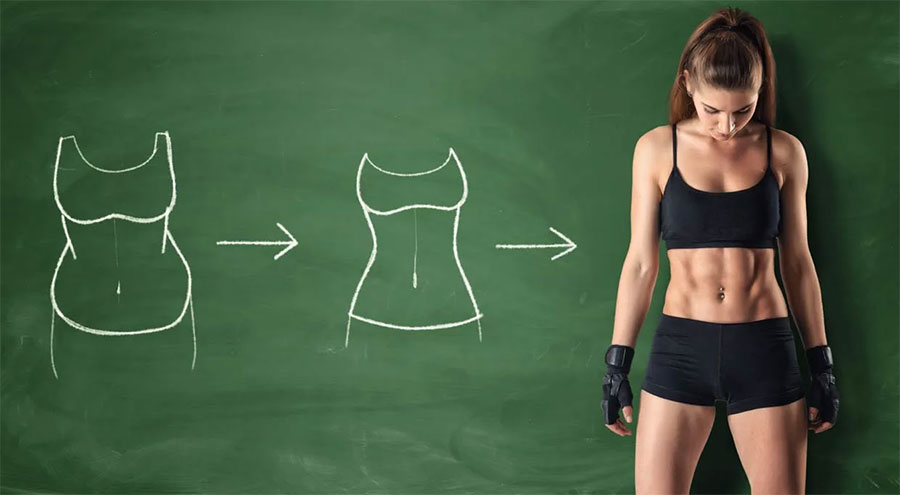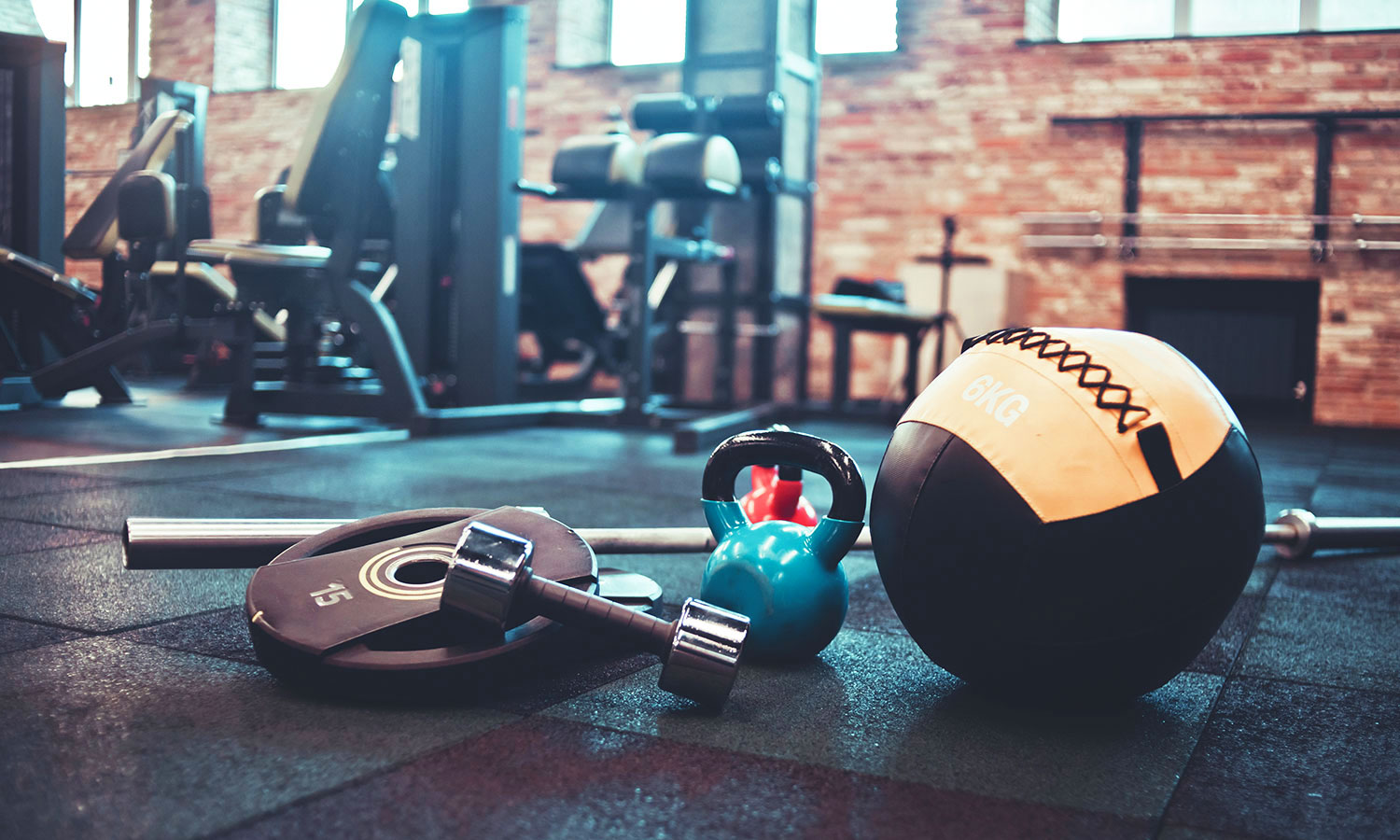High-intensity interval training (HIIT) has become an increasingly popular form of exercise in recent years, and for good reason. HIIT workouts are a type of exercise that involves short bursts of intense activity followed by periods of rest or lower intensity activity. They can be done in a variety of ways, such as running sprints, cycling, or using a variety of exercise equipment.
One of the major benefits of HIIT is its ability to promote weight loss. In this article, we’ll explore the science behind why HIIT is such an effective weight loss tool and provide you with the evidence-based information you need to decide if HIIT is the right type of exercise for you.

-
HIIT Can Burn More Calories in a Shorter Amount of Time
One of the main benefits of HIIT for weight loss is that it can burn more calories in a shorter amount of time compared to other forms of exercise. This is because HIIT workouts involve short, intense bursts of activity, which can significantly increase your heart rate and metabolism. A study published in the Journal of Obesity found that HIIT workouts can burn up to 30% more calories than other types of exercise, such as steady-state cardio. This means that you can potentially burn more calories in a 20-30 minute HIIT workout than you would in an hour of jogging or cycling.
-
HIIT Can Increase Your Metabolic Rate
Another reason why HIIT is so effective for weight loss is that it can increase your metabolic rate, which is the rate at which your body burns calories. When you do a HIIT workout, your body has to work harder to replenish the oxygen that was lost during the intense activity, and this leads to a higher metabolic rate. A study published in the Journal of Applied Physiology found that HIIT workouts can increase your metabolic rate for up to 24 hours after your workout. This means that your body will continue to burn calories at a higher rate even after you’ve finished your workout.
-
HIIT Can Help You Burn Fat
HIIT workouts are also effective at burning fat. When you do a HIIT workout, your body burns a significant amount of carbohydrates for fuel during the intense bursts of activity. However, during the periods of rest or lower intensity activity, your body burns fat to replenish the energy stores that were used up during the intense activity. A study published in the Journal of Obesity found that HIIT workouts can lead to significant reductions in body fat compared to other types of exercise, such as steady-state cardio. The study also found that HIIT can help to preserve muscle mass, which is important for maintaining a healthy metabolism.
-
HIIT Can Improve Insulin Sensitivity
Insulin is a hormone that regulates your blood sugar levels. When your body becomes resistant to insulin, it can lead to weight gain and an increased risk of type 2 diabetes. HIIT workouts can help to improve insulin sensitivity, which means that your body can more effectively regulate your blood sugar levels. A study published in the Journal of Diabetes Research found that HIIT workouts can significantly improve insulin sensitivity in people with type 2 diabetes. The study also found that HIIT can lead to significant reductions in body weight and body fat.
-
HIIT Can Improve Cardiovascular Health
Finally, HIIT workouts can also improve your cardiovascular health, which is important for overall health and wellbeing. HIIT workouts can lead to significant improvements in cardiovascular fitness, such as increased VO2 max (a measure of how efficiently your body uses oxygen), and lower blood pressure. A study published in the Journal of Sports Science and Medicine found that HIIT workouts can lead to significant improvements in cardiovascular fitness in people with type 2 diabetes. The study also found that HIIT can improve cholesterol levels and reduce the risk of cardiovascular disease.
In conclusion, high-intensity interval training is an effective and efficient way to promote weight loss. It can help you burn more calories in less time, improve your cardiovascular fitness, and increase your metabolic rate. With HIIT, you can enjoy the benefits of exercise without spending hours at the gym.
It is important to note that HIIT may not be suitable for everyone, especially those with certain medical conditions or who are new to exercise. It is always a good idea to consult with a healthcare provider before starting any new exercise program.
If you are looking to lose weight and improve your fitness, consider adding HIIT to your exercise routine. Start slowly and gradually increase the intensity and duration of your workouts as your fitness level improves. With consistency and dedication, HIIT can help you achieve your weight loss goals and improve your overall health and wellbeing.










